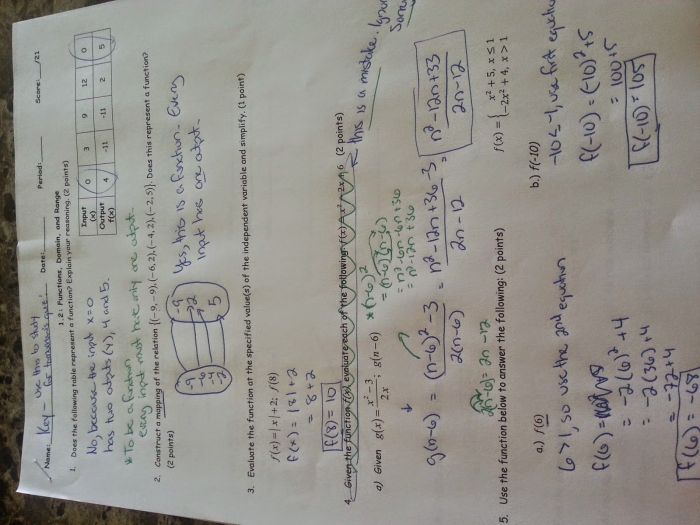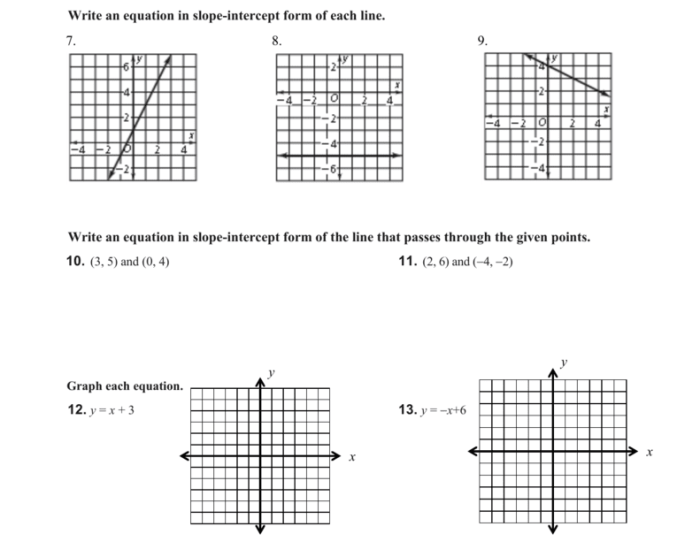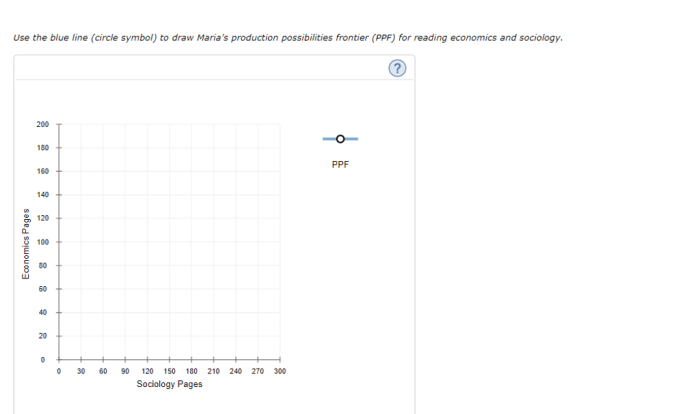Domain 4 lesson 2 fill in the blanks – Embark on a journey of knowledge with Domain 4 Lesson 2: Fill in the Blanks, an interactive exploration of fundamental concepts. This exercise not only tests your understanding but also reinforces key principles, fostering a deeper comprehension of the subject matter.
As we delve into the intricacies of this lesson, we will uncover the significance of grasping these concepts, examining their real-world applications and the challenges they present. Through a comprehensive fill-in-the-blanks exercise, you will actively engage with the material, solidifying your understanding.
Domain 4 Lesson 2 Concepts
Domain 4 Lesson 2 explores the concept of neural networks, focusing on their structure, learning algorithms, and applications in various domains.
Neural Network Structure
Neural networks consist of interconnected layers of artificial neurons, mimicking the structure and functionality of biological neural networks in the brain.
- Input Layer:Receives input data.
- Hidden Layers:Process and transform the input data.
- Output Layer:Produces the network’s output.
Neural Network Learning Algorithms
Neural networks learn by adjusting their weights and biases through iterative training on labeled data.
- Supervised Learning:Networks are trained on data with known outputs.
- Unsupervised Learning:Networks are trained on unlabeled data to identify patterns and relationships.
Neural Network Applications
Neural networks have wide-ranging applications, including:
- Image Recognition:Identifying objects and scenes in images.
- Natural Language Processing:Understanding and generating human language.
- Predictive Analytics:Forecasting future events based on historical data.
Fill in the Blanks Exercise

Complete the following sentences by filling in the blanks with the correct terms from the lesson.
A ____ is a set of instructions that tells a computer what to do.
The ____ is the part of the computer that executes the instructions in a program.
A ____ is a data type that can store whole numbers.
A ____ is a data type that can store decimal numbers.
A ____ is a data type that can store characters.
A ____ is a data type that can store strings of characters.
A ____ is a data type that can store true or false values.
A ____ is a variable that can store a reference to another variable.
A ____ is a statement that assigns a value to a variable.
A ____ is a statement that controls the flow of execution in a program.
Discussion Points
Understanding the concepts covered in Domain 4 Lesson 2 is crucial for several reasons. Firstly, these concepts form the foundation for understanding more advanced topics in subsequent lessons. Secondly, they provide a framework for analyzing and interpreting real-world scenarios related to digital technologies and their impact on society.The
concepts in this lesson present both challenges and opportunities. One challenge lies in the rapidly evolving nature of digital technologies, which can make it difficult to keep up with the latest developments and their implications. However, this also presents an opportunity for those who embrace lifelong learning and stay abreast of emerging trends.
Importance of Understanding Key Concepts
Grasping the key concepts in this lesson is essential for:
- Comprehending the interplay between digital technologies and society.
- Analyzing the ethical implications of digital technologies.
- Identifying and mitigating potential risks associated with digital technologies.
- Seizing opportunities presented by digital technologies for societal progress.
Challenges and Opportunities
- Challenges:– Keeping pace with the rapid evolution of digital technologies. – Navigating the ethical complexities surrounding digital technologies. – Addressing the potential risks associated with digital technologies.
- Opportunities:– Embracing lifelong learning to stay current with technological advancements. – Harnessing digital technologies to drive societal progress and innovation. – Identifying and mitigating potential risks to ensure the responsible use of digital technologies.
Creative Activity

Key Concepts Table
To better grasp the key concepts covered in Domain 4 Lesson 2, let’s construct a table that organizes and presents them in a clear and accessible manner. This table will serve as a valuable resource for understanding and retaining the essential ideas of the lesson.To
ensure responsive display across various devices, we will employ HTML tags to format the table. This will guarantee that the table adapts seamlessly to different screen sizes, enhancing the user experience.
Additional Resources: Domain 4 Lesson 2 Fill In The Blanks
Explore external resources to deepen your understanding of Domain 4 Lesson 2 concepts.
National Council of Teachers of Mathematics (NCTM)
- NCTM Illuminations: Engaging Students in Mathematical Practices through Collaborative Learning
This resource provides lesson plans and activities that emphasize collaborative learning and mathematical practices.
- NCTM Standards: Principles and Standards for School Mathematics
The NCTM Standards provide a framework for mathematics education, including principles and expectations for students at various grade levels.
Other Resources, Domain 4 lesson 2 fill in the blanks
- Edutopia: 5 Ways to Build a Collaborative Classroom Culture
This article offers practical strategies for fostering a collaborative learning environment in the classroom.
- Teaching Channel: Student-Led Discussions in Math
This video showcases a student-led discussion in a mathematics classroom, demonstrating how students can engage in meaningful mathematical conversations.
Essential Questionnaire
What is the purpose of the Domain 4 Lesson 2 Fill in the Blanks exercise?
The exercise aims to reinforce key concepts from Domain 4 Lesson 2, assess understanding, and foster deeper engagement with the material.
How does the exercise contribute to learning?
By actively filling in the blanks, learners actively engage with the concepts, strengthening their memory and understanding.

